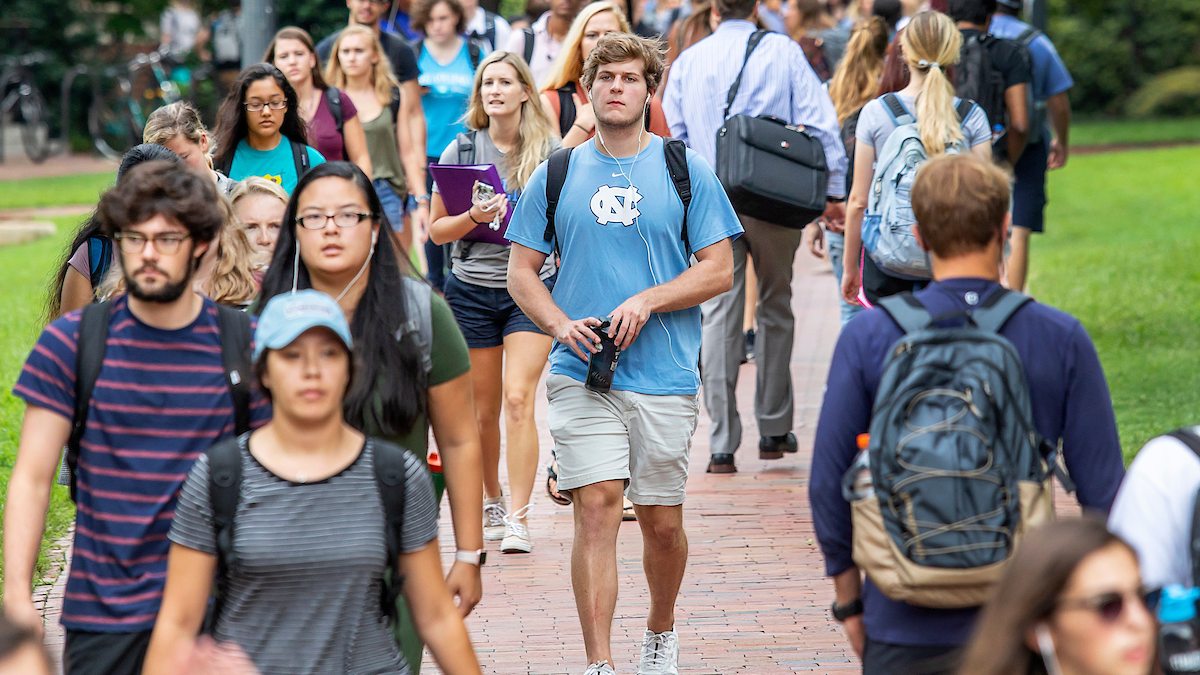UNC-Chapel Hill named best value in public higher education
Determined by the Wall Street Journal and Times Higher Education, the ranking was based on the average price of attending the institution – including tuition and fees – for students who receive financial aid.

The University of North Carolina at Chapel Hill was named the best public university for financial value by the Wall Street Journal and Times Higher Education’s College Rankings. The University ranked second overall among the top 250 institutions.
Carolina is also named fourth among all public universities and 37th in the nation for graduate success and student learning.
The value rankings are based, in part, on the average price of attending the institution – including tuition and fees – for students who receive financial aid.
The new ranking reflects Carolina’s commitment to making education accessible and affordable to all students regardless of background. UNC-Chapel Hill remains one of the few public flagship universities to practice need-blind admissions and provide low-debt, full-need student aid.
Among the reasons for the University’s high-value ranking is the Carolina Covenant, which allows students whose family income is less than double the federal poverty level to graduate debt-free.
Other initiatives that support Carolina’s mission of access and affordability include:
- The Carolina Student Transfer Excellence Program, which focuses on helping low- and middle-income community college students transfer to and graduate from Carolina
- The Carolina Edge, a fundraising campaign with the goal of eliminating all financial barriers to a great education
- The Carolina Advising Corps, which serves 23 percent of all low-income students in North Carolina high schools
These initiatives and programs have proven results. Only 40 percent of seniors who graduated from Carolina in 2015 accumulated any debt, compared with nearly 70 percent nationally. The average debt among those who borrowed at Carolina was also nearly $10,000 below the national average.
Carolina is not only committed to helping students afford college, but also giving them the tools they need to succeed throughout college and beyond. Through strong retention efforts, the gaps in retention and graduation rates between low-income and other students have narrowed dramatically over the last decade and are now almost completely closed.




